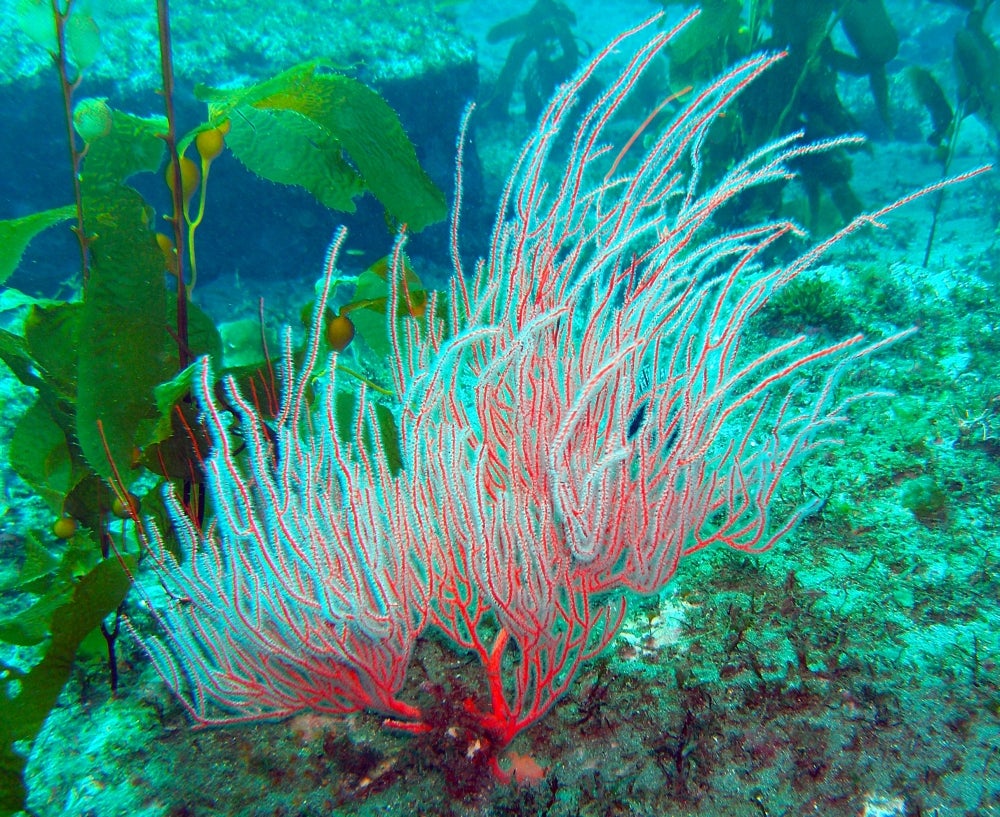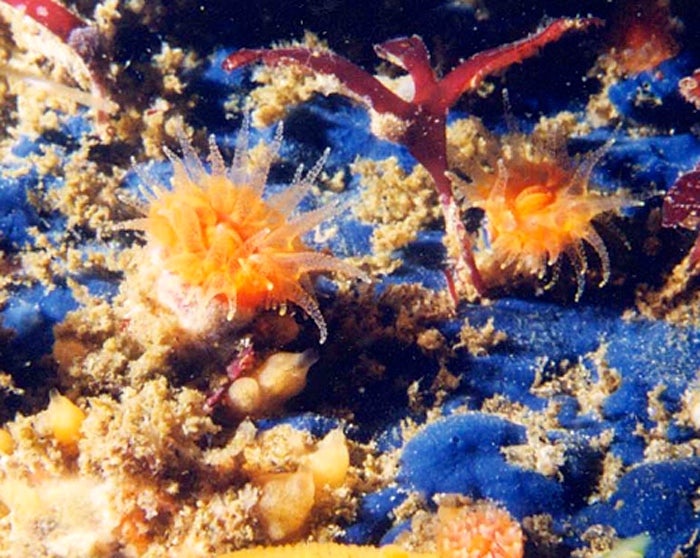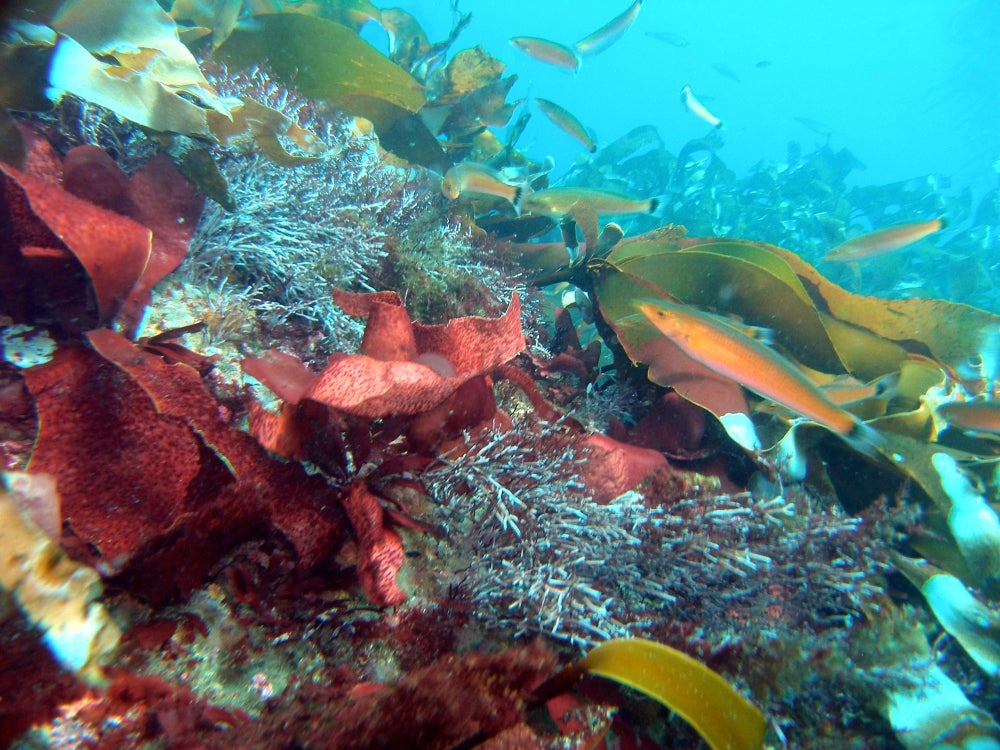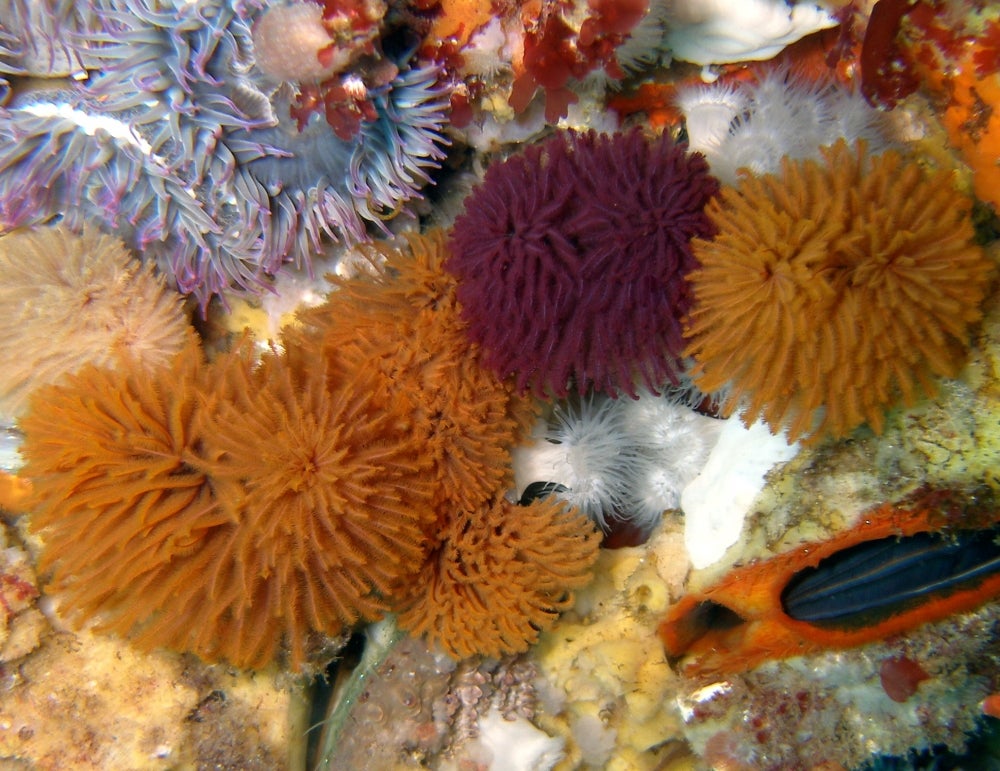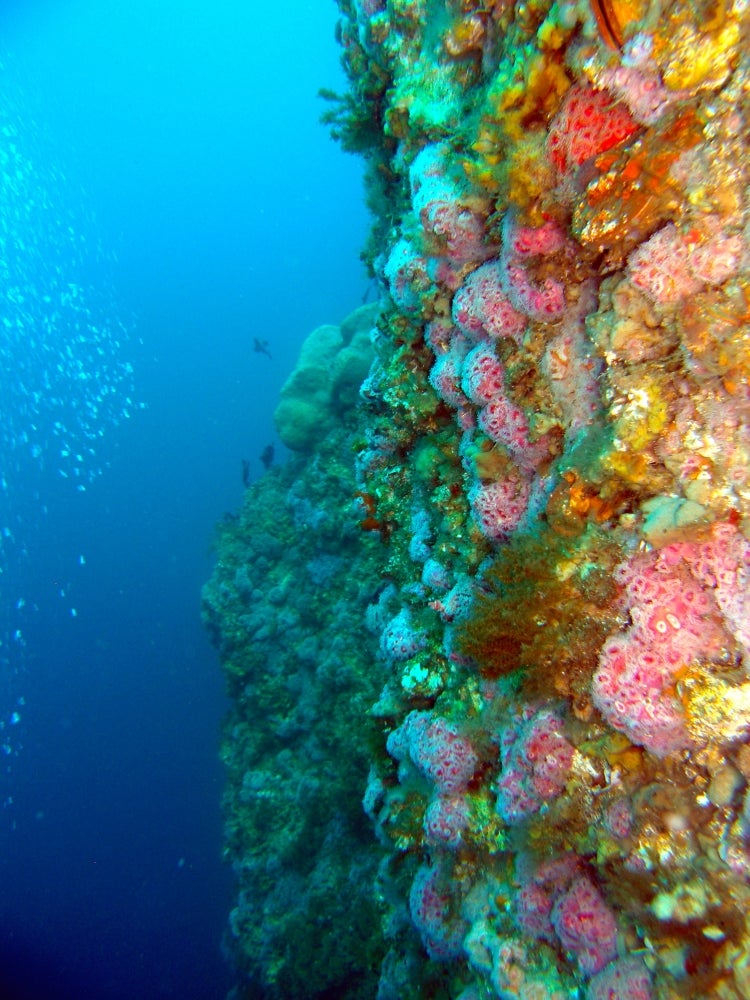The Ocean’s Future
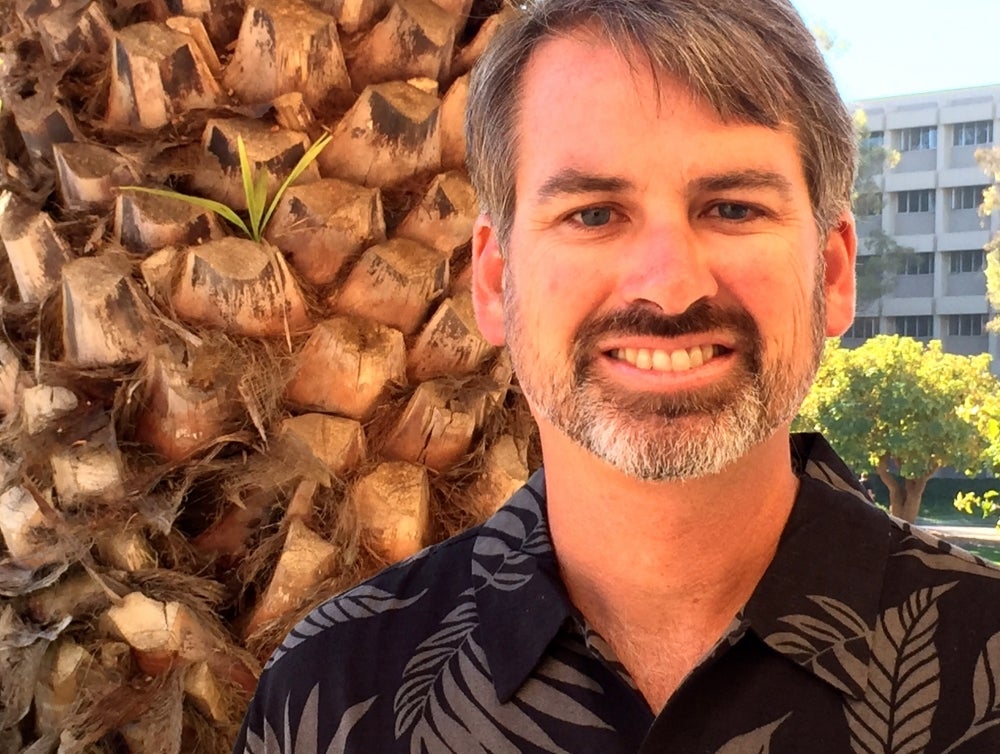
Is life in the oceans changing over the years? Are humans causing long-term declines in ocean biodiversity with climate change, fishing and other impacts?
At present, scientists are unable to answer these questions because little data exist for many marine organisms, and the small amount of existing data focuses on small, scattered areas of the ocean.
“Currently most of the information we have for marine species is on economically important species like fish and lobster,” said Robert Miller, a research biologist at UC Santa Barbara’s Marine Science Institute. “Little is known about the majority of species out there, even though they may be very important from an ecological point of view. A comprehensive observation network that looks at a broad suite of marine organisms would tell us how marine ecosystems as a whole are doing.”
A group of researchers from UC Santa Barbara, the United States Geological Survey (USGS), National Oceanic and Atmospheric Administration (NOAA) National Marine Fisheries Service and UC San Diego’s Scripps Institution of Oceanography is creating a new prototype system — the Marine Biodiversity Observation Network — to solve this problem. The five-year project led by Miller will center on the Santa Barbara Channel, but the long-term goal is to expand the network around the country and around the world to track over time the biodiversity of marine organisms, from microbes to whales. After a highly competitive proposal process, NASA, the Bureau of Ocean Energy Management (BOEM) and NOAA chose to fund UCSB’s approximately $5 million project.
“A huge advantage of doing this project in the Santa Barbara Channel is the diversity of long-term research that has been going on here,” Miller said. “We have data on everything from plankton to deep-water fishes to whales in the channel. For example, we have access to a plethora of data on kelp forests, beaches, the rocky intertidal and coastal oceanography from the Santa Barbara Coastal Long-Term Ecological Research program. This makes the Santa Barbara Channel an ideal place to figure out how much monitoring would need to be done to detect changes in biodiversity in other places.”
The Marine Biodiversity Observation Network will integrate existing data over large spatial scales using geostatistical models and will utilize new technology to improve knowledge of marine organisms. Scientists will rely on genetics to accomplish three goals: begin learning about the many kinds of microbes in our coastal waters; identify plankton that would otherwise have to be counted under the microscope over many, many hours; and detect larger animals such as whales and fish by looking for fragments of DNA they have shed into the water. This is known as environmental DNA or eDNA.
The group will use imaging to survey organisms such as kelp forests and deep reefs in underwater habitats where dive-time constraints limit the ability for firsthand exploration. To further this effort, UCSB’s Center for Bio-Image Informatics will use advanced image analysis to automatically identify different species including fish. Whale acoustics expert John Hildebrand at Scripps in La Jolla, California, will detect whales and identify them through recordings of the sounds they make.
“This project brings together an amazing group of people with expertise in very different scientific fields including computer vision, marine ecology, oceanography, genetics and mathematical modeling,” Miller said. “These are the people you want if you’re going to figure out how we can effectively measure biodiversity in the oceans.”
In addition to describing patterns of biodiversity, the project will use mathematical modeling to examine the value of information on biodiversity in making management decisions as well as the cost of collecting that information in different ways. The network will then make recommendations on the most cost-effective mix of sampling for different groups of marine organisms. Ultimately, this decision model will be used to guide the creation of new biodiversity observation networks.
Project partners include the Bureau of Ocean Energy Management; NASA; California Cooperative Oceanic Fisheries Investigations; NOAA’s Channel Islands National Marine Sanctuary and National Marine Fisheries Service; Channel Islands National Park; the USGS Western Ecological Research Center; the Southern California Coastal Ocean Observing System; the Southern California Coastal Water Research Project; Gray Whales Count and such UCSB programs as Plumes and Blooms, the Santa Barbara Coastal Long-Term Ecological Research Program and the San Onofre Nuclear Generating Station Mitigation Monitoring Program.
Other investigators involved in the project are Craig Carlson, chair of the Department of Ecology, Evolution and Marine Biology (EEMB); Deborah Iglesias-Rodriguez, an EEMB professor; Phaedon Kyriakidis, a professor in the Department of Geography; Kevin Lafferty, a principal investigator in Marine Science Institute (MSI) and a marine ecologist with the USGS’ Western Ecological Research Center; Milton Love and Daniel Reeds, research biologists at MSI; Douglas McCauley, an assistant professor in EEMB; B.S. Manjunath, director of UCSB’s Center for Bio-Image Informatics; Andrew Rassweiler, an assistant research biologist at MSI; and David Siegel, director of the Earth Research Institute. Additional investigators include Andrew Thompson of NOAA’s Southwest Fisheries Science Center.
